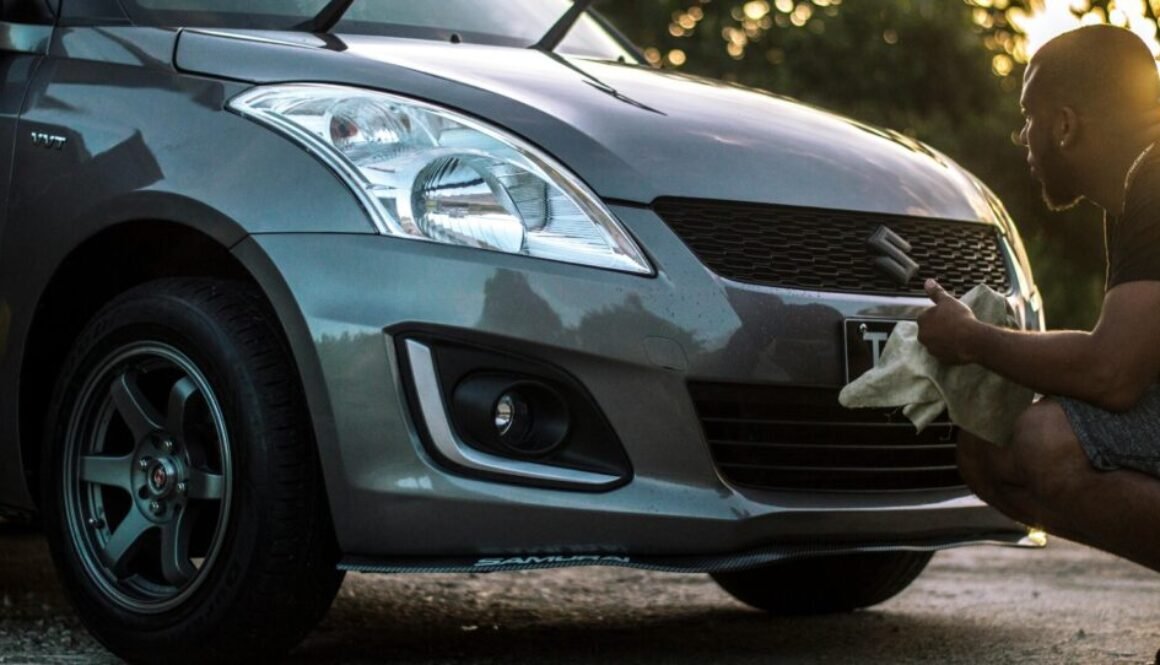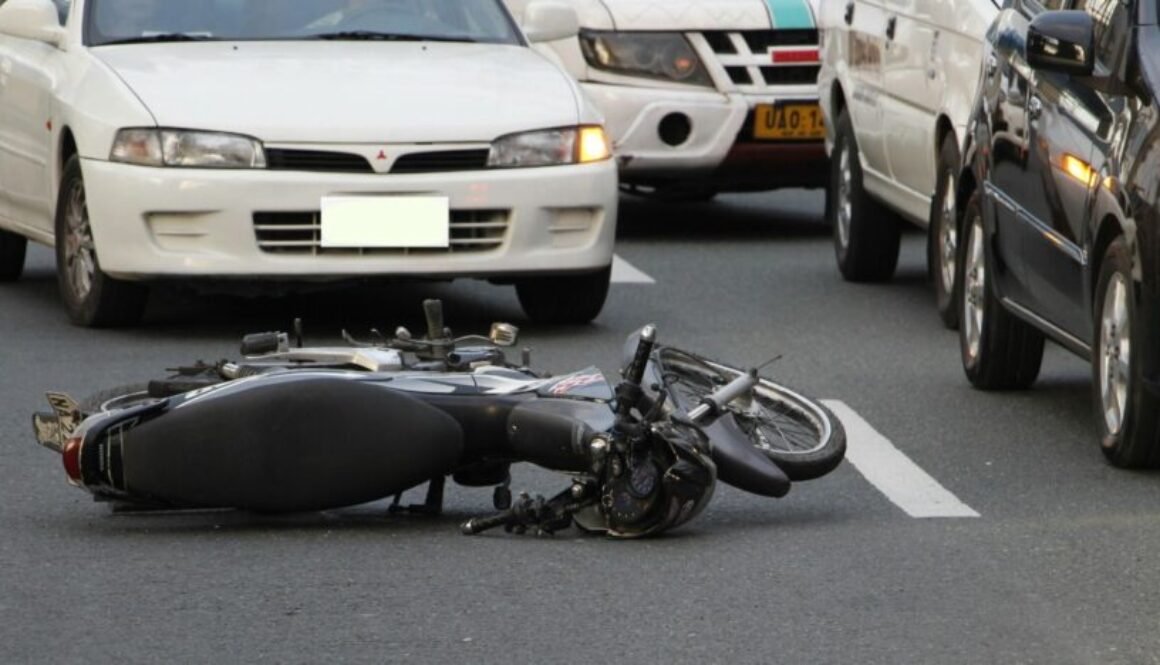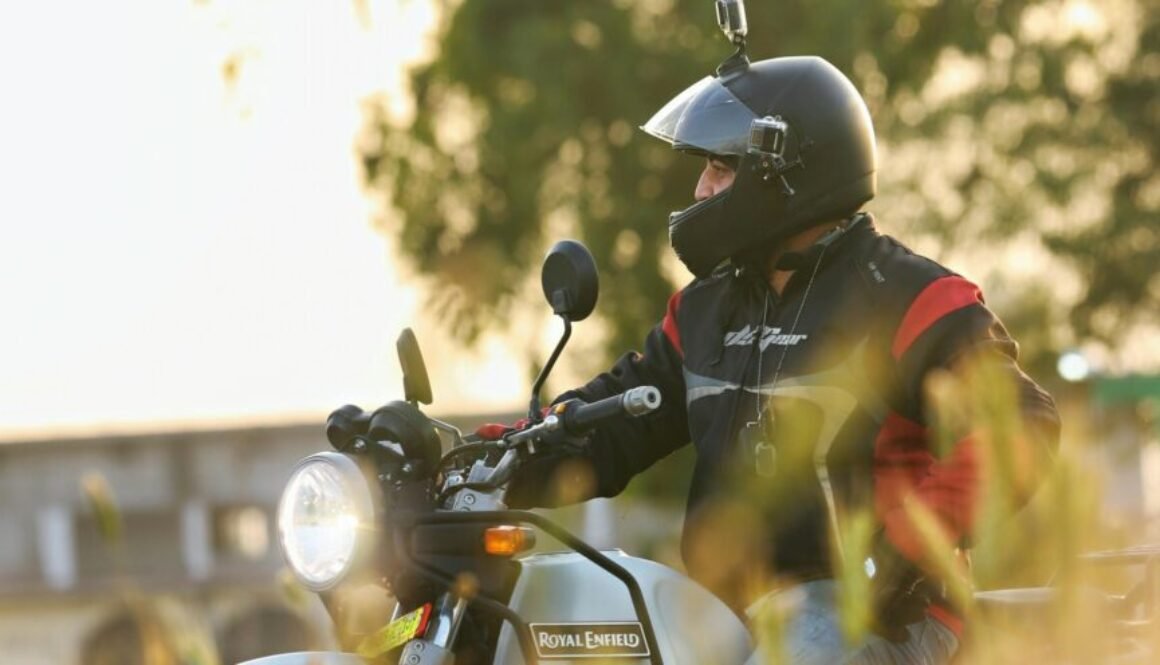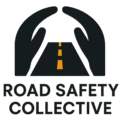In India, car culture is booming. From alloy wheels and body kits to bright headlamps and suspension tweaks, many car owners love personalising their rides. While some modifications are harmless—or even enhance safety—others can turn your car into a hazard on our already challenging roads. Poorly planned upgrades can affect handling, braking, visibility, and even the legality of your vehicle.
Below, we break down some of the most common dangerous modifications seen on Indian roads and explain how to do things the right way—without compromising safety.
- Tyre Size Upgrades — Do It the Right Way
Changing your tyre size can improve grip and aesthetics—but only if done correctly.
If you upgrade to a larger wheel or tyre diameter without maintaining the overall rolling circumference, your odometer and speedometer readings will be inaccurate. This is because the car’s ECU and instruments are calibrated for the original tyre size provided by the manufacturer (OEM spec).
Safe Upgrade Process:
- Always stick to the +2%/-2% rule: The new tyre’s outer diameter should be within 2% of the OEM size.
- Use online tyre size calculators to match new dimensions while adjusting the aspect ratio (sidewall height).
- Avoid extremely wide tyres as they increase rolling resistance, reduce fuel efficiency, and can rub against the wheel arches on turns.
If done wrong, oversized tyres can reduce braking efficiency, put extra strain on the suspension, and even void your insurance.
- Suspension Modifications — Don’t Mess with OEM Engineering
Your car’s suspension is carefully tuned for safety, comfort, and stability. Tampering with it—either by lifting or lowering—can dramatically change handling and braking performance.
Risks of Suspension Modifications:
- Altered Centre of Gravity: Lifting an SUV increases rollover risk; lowering a sedan too much reduces ground clearance, making speed breakers a nightmare.
- Braking Instability: Non-OEM springs and shocks can shift weight balance during hard braking, causing the car to skid or lose control.
- Premature Wear: Incorrect geometry increases strain on ball joints, bushings, and steering components.
If you must upgrade suspension (e.g., for genuine off-road use), choose manufacturer-approved kits and get the alignment recalibrated by a professional.
- Headlight Modifications — When Bright Becomes Blind
Replacing stock headlights with powerful aftermarket bulbs may improve visibility for you—but they can dangerously blind oncoming drivers, especially if your car’s reflectors or projectors aren’t designed for such intensity.
The Problems with Incorrect Lighting:
- Overly Bright Bulbs (above legal limit): Cause glare, leading to temporary blindness for other drivers.
- Wrong Colour Temperature: Blue-tinted or extremely white lights reduce visibility in rain, fog, and dusty conditions. Yellowish light (3000K–4300K) actually penetrates better in poor weather.
- Improper Beam Alignment: Even stock bulbs become hazardous if the beam is misaligned after installation.
Stick to legal wattage limits and use bulbs suited to your housing type. Consider auxiliary fog lamps for adverse conditions instead of overpowering your main beams.
- Off-Road Tyres on Everyday SUVs — A Bad Match for City Roads
Off-road tyres (mud terrain or all-terrain) look rugged and work great in slush, gravel, and rocky terrain—but they’re not ideal for everyday tarmac driving.
Why They’re Risky for Daily Use:
- Reduced Grip on Wet Asphalt: Off-road treads are designed for loose surfaces, not smooth roads.
- Longer Braking Distances: The large tread blocks and softer rubber compound reduce road contact.
- Increased Tyre Noise: The hum can be tiring on long drives.
- Reduced Ride Comfort: Heavier tyres transfer more road imperfections into the cabin.
Unless your SUV spends most of its time off-road, stick to highway-terrain or city-optimised tyres for safety and comfort.
- Heavy Metal Body Kits — Style at the Cost of Safety
Body kits are meant to improve aerodynamics and aesthetics. Good-quality ones are made from lightweight, impact-absorbing materials like ABS plastic or fibreglass. However, many locally fabricated kits in India are made from heavy metal sheets.
The Risks of Metal Body Kits:
- Added Weight: Extra kilos reduce acceleration, increase braking distance, and affect fuel efficiency.
- Poor Aerodynamics: Unscientific designs can actually create drag, making the car unstable at high speeds.
- Crash Safety Issues: Rigid metal parts may transmit impact forces directly to the chassis, worsening damage in accidents.
If you want a body kit, choose manufacturer-approved or reputed aftermarket brands with wind tunnel-tested designs.
Conclusion
Car modifications can be exciting, but safety should never take a back seat. Every change to your car affects multiple systems—tyres influence suspension, lights affect visibility, and weight changes impact braking. In India’s unpredictable road environment, sticking to OEM specifications or certified upgrades isn’t just smart—it’s lifesaving.
|
Modification Type |
Before (Stock/OEM) |
After (Unsafe Mod) |
Real-World Impact |
|
Tyre Size Upgrade |
Speedometer accurate, balanced handling |
Oversized tyres, wrong aspect ratio |
Speedo error up to 8%, longer braking distances by 12–15% |
|
Suspension Lift |
Stable cornering, safe braking |
Lifted by 3+ inches |
40% higher rollover risk in emergency swerves |
|
Aftermarket High-Watt Bulbs |
Legal brightness, beam focused |
100W+ bulbs in stock reflector |
Blinds oncoming traffic, increases night crash risk by 20% |
|
Off-Road Tyres on SUV |
Short braking distance on tarmac |
Mud-terrain tyres |
Braking distance increases by 5–8 metres at 80 km/h |
|
Heavy Metal Body Kit |
Designed aerodynamics |
Added 50–80 kg weight |
5–10% worse fuel efficiency, longer braking distance, unstable at highway speeds |






